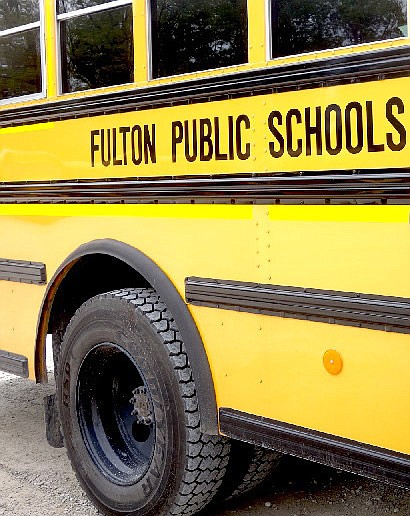For the 2018-19 school year, Missouri schools for the first time will be required to screen for dyslexia in children in kindergarten through third grade.
People with dyslexia struggle with reading comprehension, fluency and word recognition, due to differences in brain structure. It's not related to a child's IQ. The National Institutes of Health states 5-10 percent of the population have some degree of dyslexia, though other estimates put the percentage even higher.
"It's going to affect their reading ability, spelling ability, overall academic ability," said Karrie Millard, director of special services and federal programs coordinator for Fulton Public Schools.
A bill introduced by state Rep. Kathryn Swan, R-Cape Girardeau, in 2016 and later signed into law established a task force to create guidelines for Missouri's schools.
Luckily, Millard said, the Fulton district already meets those guidelines.
"We currently already do universal screenings," she said. "We've been doing that for a number of years. For us, there's not much change because we're already doing that."
Students in kindergarten through fifth grades are screened three times a year.
"Any time that you're doing any screening you're trying to be proactive for areas of improvement," Millard added. "Not only do we screen for reading, we screen for math, vision and hearing."
The district uses a dyslexia assessment recommended by the dyslexia task force and the Missouri Department of Elementary and Secondary Education.
Millard made it clear schools don't diagnose dyslexia - that's up to medical professionals. Rather, the person providing the screening looks for characteristics associated with dyslexia, such as having a tough time reading out loud and scrambling letters in words.
Students who show those characteristics can then be placed in intervention groups where, for 30-45 minutes a day, they can work on reading and spelling strategies, Millard said. Teachers can also use strategies to help students with dyslexia learn.
A DESE document suggests strategies such as using visual aids, giving directions orally and in writing, reducing distractions in the classroom and others. These strategies help ensure dyslexic students don't fall behind - but some can only come into play once the issue has been spotted.
"Screenings are a good tool," Millard said.

